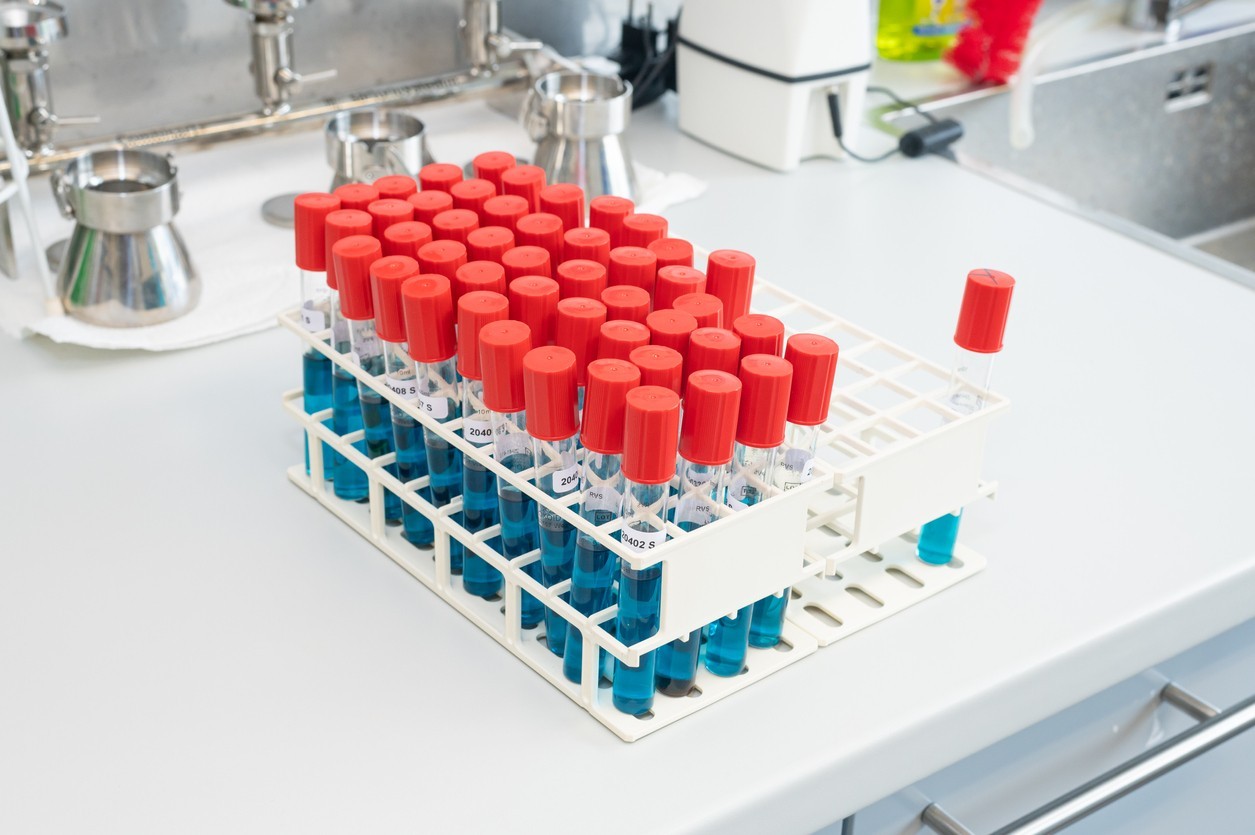What is Semaglutide Peptide?
Semaglutide, or the Glucagon-like Peptide (GLP-1), is a naturally-occurring peptide hormone. It is a very short peptide of about 30 or 31 peptides only. The natural function of the endogenous peptide is proposed to be the regulation of blood glucose levels at an average value by interfering with natural insulin production and secretion. It appears, peculiarly, to mediate this insulin-altering function. Semaglutide peptide has been suggested by researchers to protect the beta cell insulin stores in the pancreas by upregulating the insulin gene transcription.
Apart from this main hypothesis of Semaglutide peptide, it also has neurotrophic potential on the brain and the central nervous system, which researchers are exploring in more depth. Semaglutide peptide appears to play a potentially significant role in hunger and appetite regulation in the gastrointestinal tract (GIT), potentially inducing the delay of gastric emptying and reduction of intestinal motility.
Recent studies on the Semaglutide peptide have suggested its potential action may be as far reaching as in liver, kidneys, lungs, muscles, bones, fat, and the heart function. Even though the Semaglutide peptide has mainly been investigated in the context of diabetes research, newer studies suggest its potential in cardiovascular and neurodegenerative disease research as well.
Even though this development requires additional research, some studies suggest potential in the context of Alzheimer’s disease research by slowing down the accumulation of amyloid-beta plaques in the brain, which is considered to be the primary pathology of the disease. Research conducted on the mechanism of action of the Semaglutide peptide suggested two significant mechanisms by which it appears to mediate most of its potential. These two mechanisms are described under separate headings below:
The “Incretin Effect”
One of the essential hypothetical modes of action of Semaglutide- according to research conducted by Dr. Holst- is the “incretin effect.” Incretins are a group of metabolic hormones secreted by the gastrointestinal tract. The incretins are involved in decreasing the circulating blood sugar levels. Apart from gastrointestinal peptide (GIP), researchers suggest that Semaglutide or GLP-1 may potentially be the more important regulator of these hormones in the GIT.
The Semaglutide or GLP-1 receptors have been posited to exist on pancreatic beta cells, directly stimulating insulin release from the pancreas. This increased insulin secretion has been linked with other metabolic actions like increased amino acid uptake by muscle cells and increased protein synthesis and breakdown.
Studies conducted on murine models suggested that exposure to Semaglutide peptide appeared to reduce hunger levels and food intake in mice, which resulted in weight loss. This weight loss was also linked to reduced cardiovascular disease risk and decreased HbA1C levels.
Beta Cell Protection
The pancreatic beta cells are the central insulin-secreting cells. Therefore, their destruction, downregulation, or apoptosis due to any reason may possibly be a pathology of diabetes. Some compelling research on diabetic mice models has suggested that Semaglutide peptide may act upon the pancreatic beta cells in two ways. Firstly, GLP-1 may possibly stimulate the growth and proliferation of new beta cells from their progenitors in the pancreatic duct epithelium. Secondly, GLP-1 may potentially inhibit the apoptosis of these cells by inhibiting the inflammatory cytokines involved in the process. The net effect of these two actions may tip the balance towards a more significant number of pancreatic beta cells, potentially allowing them to protect the pancreas against insults that harm beta cells.
Semaglutide Peptide and The Brain
Speculative research into the peptide suggests its potentially in directing the progress of neurodegenerative diseases, specifically Alzheimer’s. It is hypothesized that the GLP-1 receptors in the brain may reduce the deposition of beta-amyloid plaques, which is the primary pathology involved in Alzheimer’s disease. Studies on rats suggested that the exposure to Semaglutide peptide appeared to improve associative and spatial learning in mice with genetic defects.
Disclaimer: The products mentioned are not intended for human or animal consumption. Research chemicals are intended solely for laboratory experimentation and/or in-vitro testing. Bodily introduction of any sort is strictly prohibited by law. All purchases are limited to licensed researchers and/or qualified professionals. All information shared in this article is for educational purposes only.






